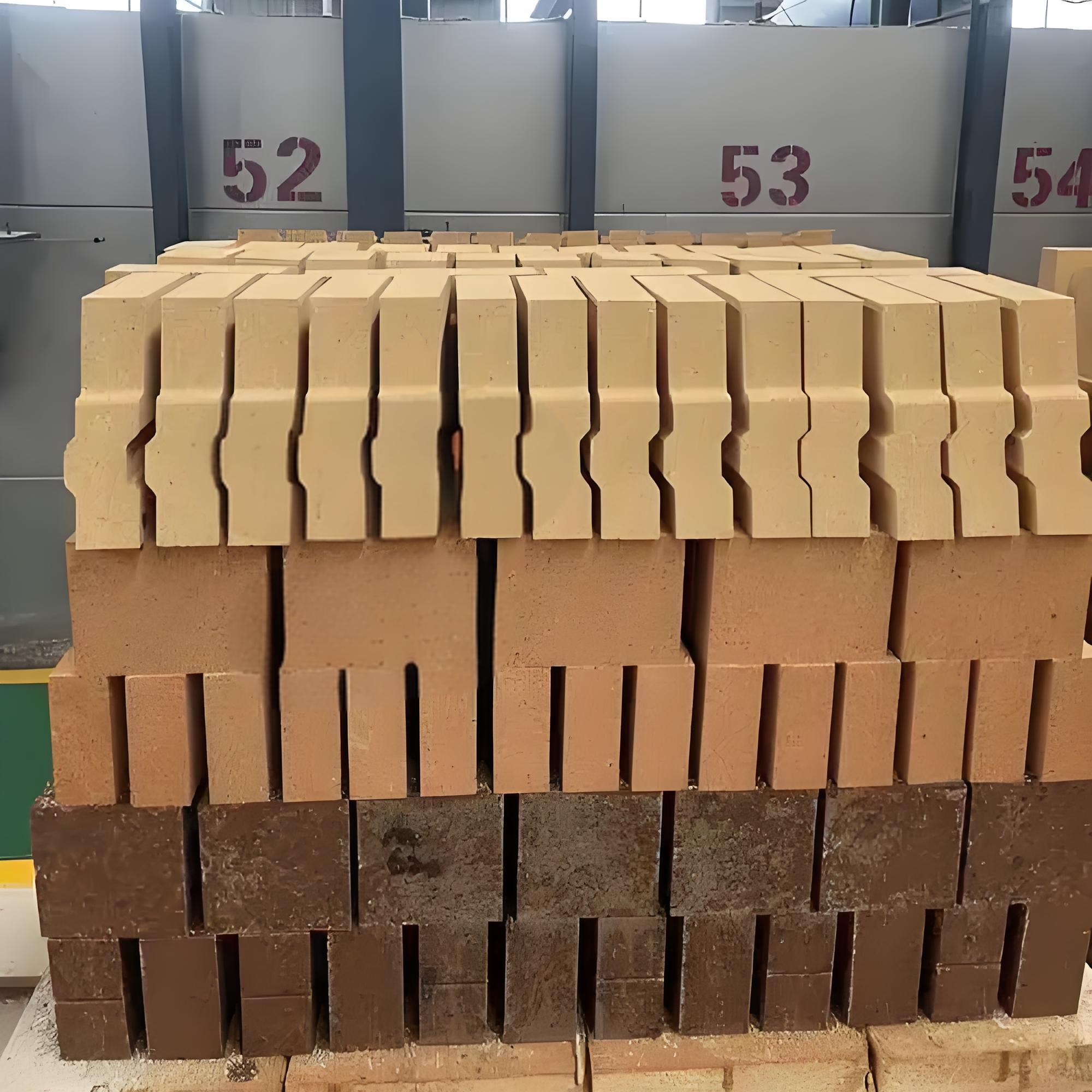Magnesia, a mineral compound with a rich diversity of applications, is categorized into three main types: fused magnesite, dead burned magnesia, and caustic calcined magnesia. Each variant serves distinct roles in various industrial processes, with a common thread binding them as essential raw materials for the creation of refractory materials.
Fused Magnesite: This form of magnesia is produced through the melting of raw magnesite in electric arc furnaces. The result is a dense, high-purity material characterized by excellent thermal and chemical stability. Fused magnesite is widely employed in the manufacturing of magnesia refractories, including magnesia carbon refractory and mag carbon bricks. These materials are essential for high-temperature environments, such as steel and glass furnaces. Its exceptional resistance to heat and corrosion makes it an indispensable component in industries reliant on robust refractory solutions.
Dead Burned Magnesia: Obtained through the calcination of magnesite at extremely high temperatures, dead burned magnesia possesses remarkable refractory properties. This process removes volatile elements and enhances the material’s resistance to heat. It finds extensive use in the production of magnesium carbon bricks and magnesite refractory bricks for applications in cement kilns, incinerators, and other industrial settings where high temperatures and harsh conditions prevail. Dead burned magnesia's ability to withstand extreme heat positions it as a linchpin in the construction of refractory structures that demand durability and resilience.

Caustic Calcined Magnesia: This form of magnesia undergoes a calcination process at lower temperatures than dead burned magnesia, resulting in a product with unique chemical characteristics. Caustic calcined magnesia is particularly valued for its alkali properties, finding applications in various industries such as wastewater treatment, animal feed additives, and as a component in the production of magnesium-based chemicals. While it may not exhibit the same level of refractory strength as fused or dead burned magnesia, its versatile qualities make it a valuable raw material in a range of industrial processes.
NORTH INDUSTRIES is a leading supplier of high-quality metallurgical chemicals, including magnesium oxide boards and magnesium oxide bricks. These products are designed to meet the rigorous demands of the construction and refractory industries. Magnesium oxide boards are known for their fire resistance, durability, and environmental friendliness, making them ideal for a variety of construction applications. Magnesium oxide bricks offer excellent thermal stability and are used in high-temperature industrial processes.
In summary, magnesia, with its three main variants, plays a pivotal role in the creation of refractory materials. From the intense heat resistance of fused magnesite to the durability of dead burned magnesia and the versatile applications of caustic calcined magnesia, each form contributes indispensably to industries requiring robust and enduring refractory solutions. The multifaceted utility of magnesia underscores its significance in fostering the resilience and longevity of materials exposed to challenging industrial conditions.